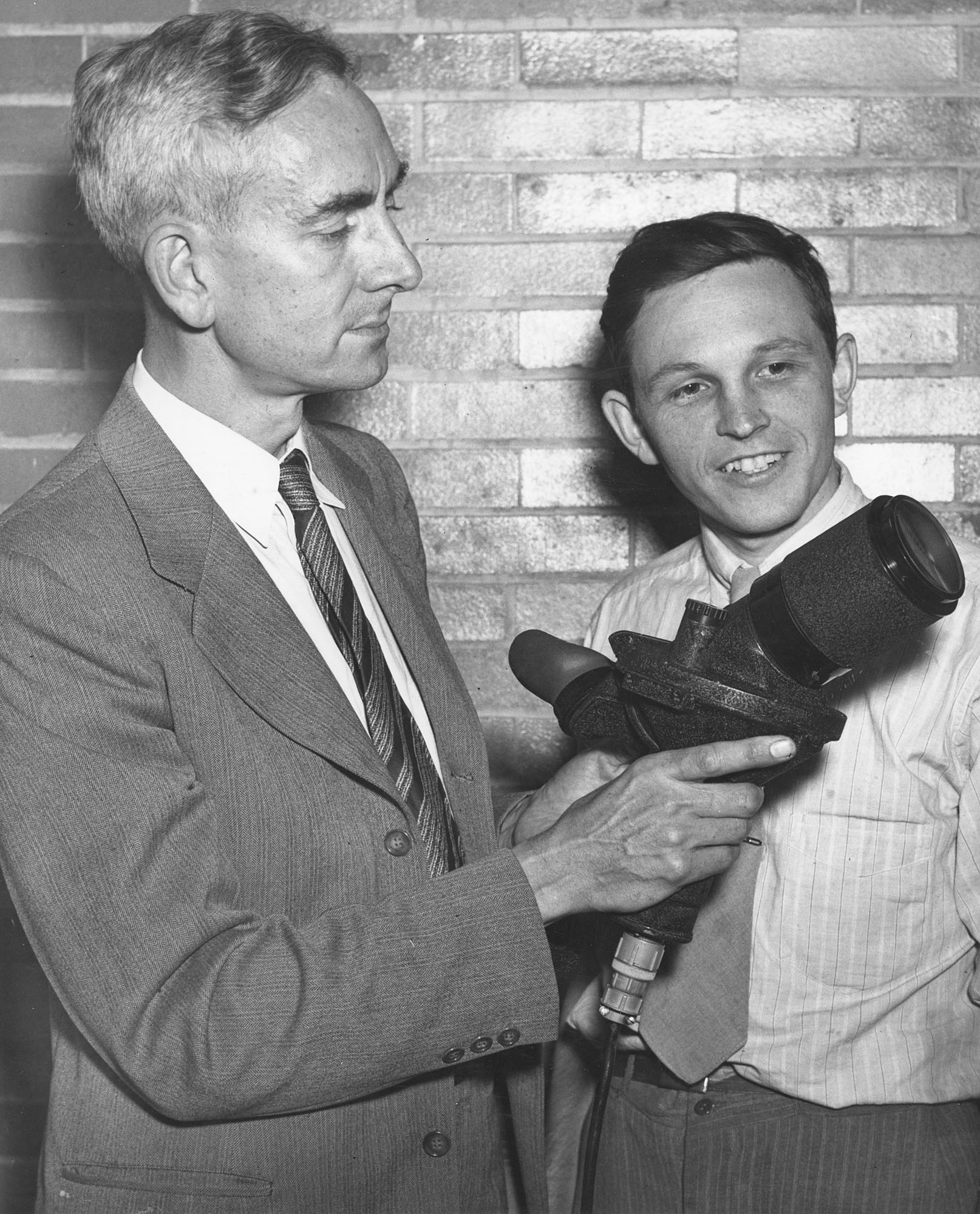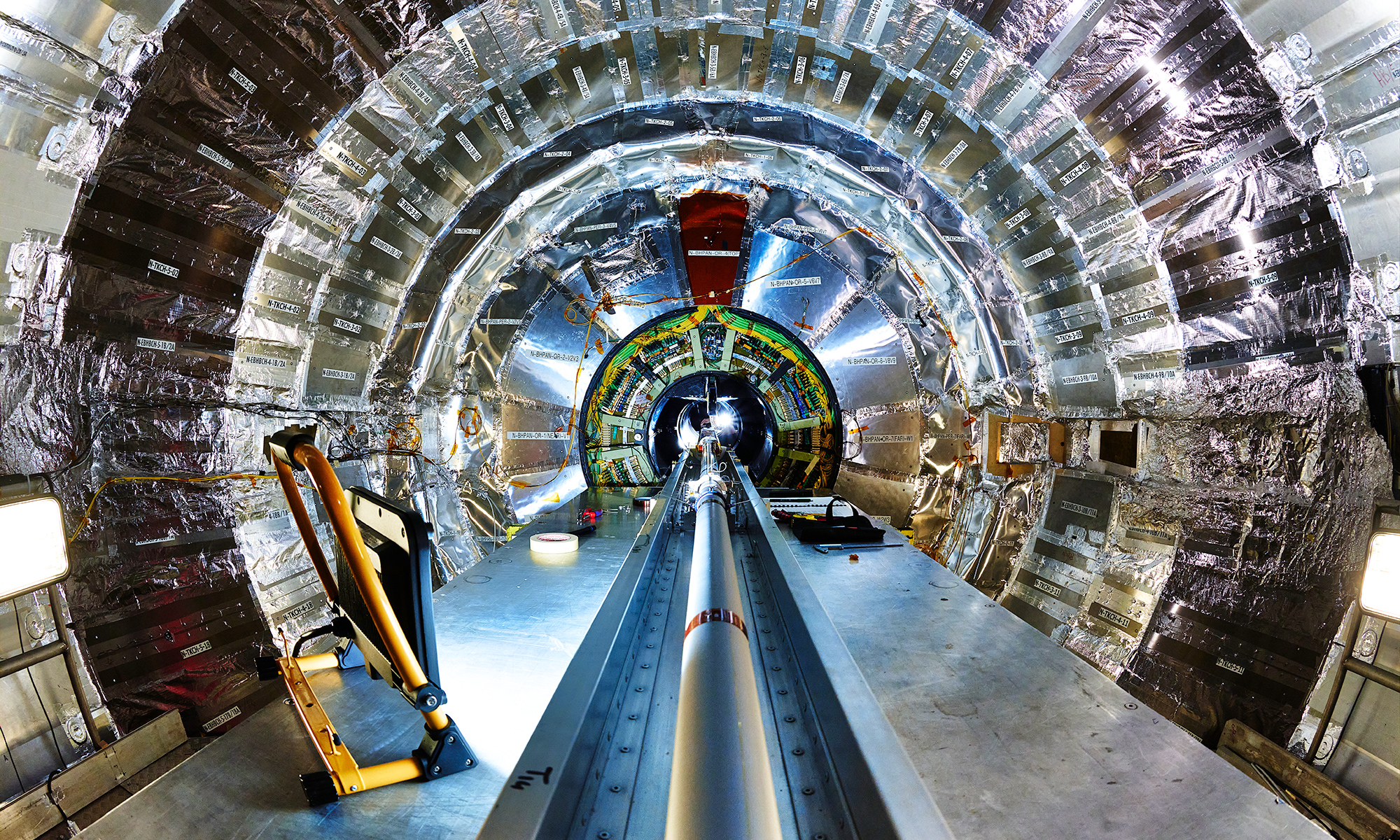
The night after Pearl Harbor was attacked, Brian O’Brien, director of the Institute of Optics at the University of Rochester, took off in a seaplane from the Naval Air Station at Norfolk, Va., with several of his staff.
They wanted to test a new night binocular they had developed for Britain’s Royal Air Force, so that its fighter pilots could engage German bombers at night without shooting down their squadron mates by mistake.
The station’s antiaircraft defenses, informed of the test flight, had been ordered not to turn on searchlights. However, because of the Pearl Harbor attack, “everyone at the station had the jitters, and rumors were flying about thick and fast,” O’Brien later wrote.
At each pass over Hampton Roads “a dozen dazzling fingers of light, half a billion candlepower each, would hit us with the impact of something solid,” O’Brien wrote. In desperation, the seaplane and its target plane headed farther out to sea to complete the test.
The Institute of Optics was among the nation’s most important centers of scientific research during World War II. A major impetus for its creation had been the over reliance of the American military on German optical instruments and expertise prior to the First World War. When President Franklin D. Roosevelt established the Office of Scientific Research and Development in June 1940, O’Brien became a leader in its formation.
By the time the United States formally entered the war, O’Brien and his colleagues at the Institute had “essentially initiated the whole science of night warfare,” writes faculty member Carlos Stroud in A Jewel in the Crown, the history of the Institute that he co-wrote and edited. By war’s end, about half of the country’s university-based military optics research projects were conducted at the University of Rochester. Even the ceramic kilns of the Memorial Art Gallery were taken over for molding aspheric lenses for aerial cameras, Stroud notes.
Around the University, security was tight. The fourth floor of Bausch and Lomb, for example, was sealed off behind a cordon of wire grill and guarded 24 hours a day. George Fraley, O’Brien’s assistant, carried a pistol with him when he took surplus classified documents to the hospital incinerator.
Some 50 scientists, engineers, undergraduates, and technicians were handed military projects that often progressed from problem to prototype in a matter of months.
They provided U.S. pilots, submariners, snipers, and engineers with an array of night vision devices, glare resistant sun goggles and gun sights–even fluorescent reflectors to safely illuminate roads and runways in combat zones.
No longer would Germany enjoy a technological advantage in the field of optics. Little more than 20 years into its life, the Institute of Optics helped ensure that during the Second World War, the Allies could rely entirely on themselves.
Related stories:
Pearl Harbor at 75: When war came to campus December 7, 2016



